Documenting the outcome of every call, whether inbound or outbound, is critical for call centers. Call disposition codes help you organize this data in a meaningful way, keeping your entire call center team on the same page, improving your follow-up process, ensuring compliance, and providing insights to drive improvements. In this article, we’ll look into call disposition in more detail, explore the benefits of using call disposition codes, and provide call disposition best practices to help you get the most out of the call disposition feature.
What is Call Disposition?
Call disposition is a method of logging call outcomes by assigning each inbound or outbound call a particular category. These call disposition categories are also known as call disposition codes or call tags. Call disposition is an integral part of inbound and outbound call center software. While disposition categories may differ based on the call center software solution, most tools will also allow you to set your own call disposition codes to match the unique needs of your team and attach multiple disposition codes to a single call.
How Does Call Disposition Work?
Once an agent completes the call, they are prompted to categorize the outcome of the call by selecting the most relevant option from the list of call disposition codes defined in the virtual call center software system. Certain call dispositions can be assigned automatically by the system based on specific call outcomes. These are, for example, ‘No Answer’, ‘Busy’, or ‘Invalid Number’. In other cases, an agent is required to select the most appropriate option from a predefined list of call center disposition codes manually. That enables call centers to keep track of customer contact history and manage customer interactions more effectively.
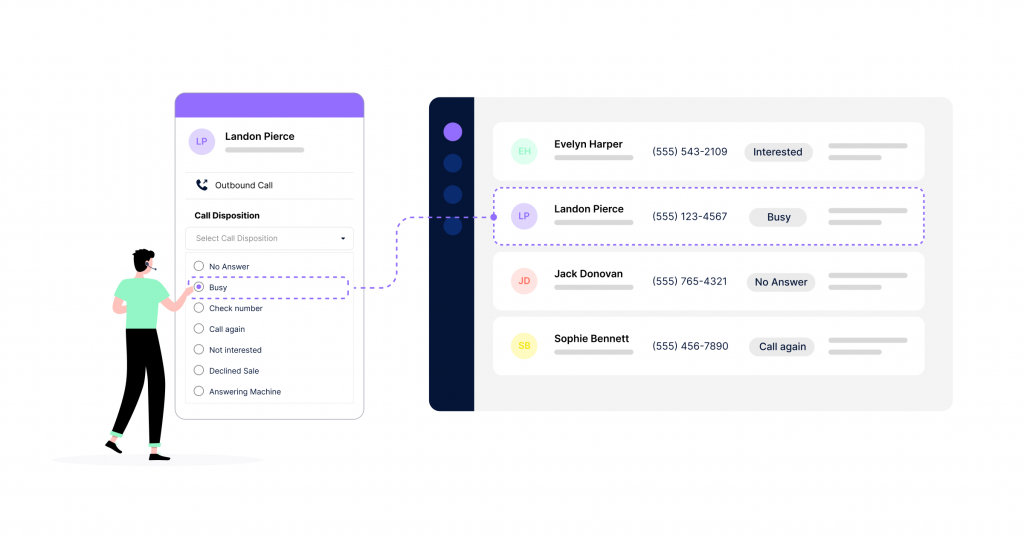
Examples of Call Disposition Codes
Below are some of the most common call disposition examples to categorize inbound calls and outbound calls:
| Call Disposition | Explanation |
| Resolved | The customer’s issue or inquiry was successfully resolved during the call. |
| Not Resolved | The customer’s issue or inquiry was not resolved during the call and requires further action. |
| Follow-up Required | Additional action or information is needed to complete an issue resolution. |
| Escalation Required | The customer’s issue needs to be escalated to a higher level of support or management. |
| Complaint Registered | The customer made a complaint that requires further investigation. |
| Feedback Provided | The customer provided valuable feedback about the product or service. |
| Appointment Scheduled | The appointment was successfully scheduled. |
| Demo booked | The agent successfully scheduled a product demo call. |
| Deal closed | The call ended with the successful sale of a product or service. |
| Callback Request | The customer requested a callback from an agent. |
| No Answer | The call was not answered by the customer or prospect. |
| Busy Signal | The line was busy, indicating the call could not be connected at the time. |
| Invalid Number | The dialed number was incorrect, leading to an unsuccessful call attempt. |
| Abandoned in Queue | The call has been terminated by the caller while waiting in the queue. |
| Disconnected | The call was disconnected due to a connectivity issue, suggesting a need for a follow-up call. |
| Not Interested | The prospect showed no interest in the offered product or service. |
| Interested | The prospect indicated an interest in a product or service, suggesting a need for a follow-up call. |
| Do Not Contact | The customer has requested to opt out of future communications. |
Benefits of Call Dispositions in Call Centers
Let’s look at the specific benefits of using call disposition codes in call centers and how it can improve your call center operations:
Less manual work for call center agents
With call center disposition codes, you can reduce the amount of tedious manual work and lighten the load on your customer service and sales teams. Instead of manually writing ‘Requires follow-up’ or ‘Appointment scheduled’, which would be inefficient and time-consuming, an agent simply needs to choose the appropriate option from the available call dispositions to record the outcome of the call and instantly move on to the next interaction. Sales call disposition can save a great deal of time and effort for agents handling large volumes of outbound calls.
Keeping the entire team on the same page
One of the most significant advantages of using the call disposition function is that it provides consistent visibility and allows you to keep your entire call center team informed about the outcome of every interaction. Agents or managers don’t have to dig through call recordings, monitor calls in real-time, or follow up with colleagues to find out the outcome of an important call.
Once an agent applies the disposition code, call disposition data becomes available and accessible to everyone on your team in your Customer Relationship Management (CRM) system. Agents and managers can then easily access this information in real-time by opening the customer’s profile in your CRM.
Improved call center management and reporting
Call disposition codes can simplify your entire call center management process by providing valuable data and allowing you to measure your most critical metrics and KPIs (Key Performance Indicators). Managers can generate numerous reports based on call disposition codes and easily track reasons for calls, resolution rates, abandoned calls, escalated interactions, successful sales conversions, and more. In fact, with custom call disposition codes, you can turn any call outcome that is meaningful to you into a specific code and track it over time.
For instance, sales managers can keep track of call dispositions of outbound calls to better understand how the sales cycle is progressing, assess agent performance, identify bottlenecks, and make informed decisions that can improve the sales process.
Better compliance with regulations
For any call center making outbound sales calls, it’s important to ensure compliance with regulations. For example, businesses and organizations must refrain from making calls to phone numbers that are listed on the National Do Not Call Registry (DNC Registry), as failing to do so can result in legal action and heavy fines.
Besides that, in addition to complying with the national DNC Registry, call centers must also maintain their own internal DNC lists. If a prospect or a customer has requested not to be called again in the future, agents can simply assign the ‘Do Not Contact’ disposition code. You can then easily sort through these contacts and remove them from your calling lists to make sure agents don’t call them again by accident.
To learn more about call center compliance, check out our complete guide for call centers.
More efficient campaign list management
Optimizing your calling campaign lists can often significantly impact the success of your outbound calling campaigns. With call disposition codes, it’s much easier for your outbound sales reps to create efficient campaign lists by adding contacts who are more likely to have a positive response to your offering.
These, for example, may be contacts who expressed a certain degree of interest in learning more about your products or services during the initial cold call and were marked as ‘Interested’. Not only is it an efficient strategy from the sales perspective, but it also helps you ensure your sales reps don’t waste precious time calling prospects with low conversion potential.
Better customer service and customer satisfaction
Dispositioning calls also allows for better customer service delivery and can impact your customer satisfaction levels. According to a study by SQM Group, every time a customer has to call back regarding the same issue, Customer Satisfaction Scores drop by 15% on average.
By categorizing calls that require follow-up actions, your customer service team can prioritize these calls and proactively reach out to customers and finalize resolving their issues so they don’t have to call your team back multiple times. That enables your reps to deliver a better service experience and improves customer satisfaction.
More personalized customer interactions
In addition to getting quick and efficient customer support, today’s consumers increasingly demand a higher level of personalization when interacting with businesses. McKinsey survey found that 71% of consumers expect companies to deliver personalized interactions, and 76% get frustrated when this doesn’t happen. Call dispositions give agents more context by providing them with each customer’s history of previous interactions. That enables call center reps to deliver more contextual, personalized experiences, positively affecting your CSAT scores.
Improved feedback collection and complaint management
While conducting regular customer satisfaction surveys is essential to collecting valuable customer feedback, call dispositioning is also a great way to keep track of feedback and customer complaints. Instead of reviewing random call recordings while trying to source feedback, managers can easily sort through the disposition codes and review particular interactions (marked as ‘Feedback Provided’ or ‘Complaint Registered’) to gain feedback and better understand the reasons for complaints. Based on these insights, they can make better-informed decisions and relevant improvements.
Call Disposition Best Practices

Involve your team in the process of code list creation
When creating your list of call disposition codes, make sure to involve your team in the process. Your call center reps are the ones most familiar with all the nuances of customer interactions. Their insights can help you better understand which codes are essential and which ones would be too superficial. That can help you ensure your code disposition list is practical and relevant to the nature of your interactions with your customers and prospects.
Maintain a balanced number of call disposition codes
Call dispositioning can improve the experience for your agents, but it’s essential to maintain a balanced number of call disposition categories. Setting too few disposition codes will not provide meaningful insights, while having too many may complicate the entire call categorization process, reduce speed, or even cause agents to choose random codes regardless of the actual outcome, removing the purpose of classifying calls in the first place.
Though the ideal count will depend on the complexity of your call center operations, setting a maximum of 10 call disposition codes is generally considered best practice. It will allow you to maintain a level of granularity that delivers useful insights without overwhelming your agents.
Train your team to use codes appropriately
Having clear definitions and guidelines on when each disposition code should be used is necessary to help agents avoid confusion and ensure each member of your team perfectly understands how to categorize every call outcome properly. That often involves showing agents specific examples and scenarios where each disposition tag should be used to help them make the right decisions when categorizing interactions.
Your reps should also understand the importance of applying disposition codes accurately and the impact it has on your call center operations and compliance. Additionally, any changes in your call disposition list should be reflected in your ongoing call center training.
Adjust your call disposition list if necessary
Your call disposition list may become outdated as your business evolves. You might need to add new disposition codes or remove the ones that no longer reflect the type of interactions you have with your customers and prospects. Regularly review, analyze, and update your call disposition codes whenever needed to improve the accuracy of call logging and the quality of data collection.
One of the ways to assess the quality of your current call disposition list is to allow free-text disposition codes. That means instead of choosing a disposition code from the predefined list, an agent would type the call outcome manually if they believe no current code fits the situation. If you see certain free-text disposition codes are consistently repeated across interactions, consider adding new codes to the list.
Automate the call disposition process
Though not always possible, automation can streamline your call disposition process. For example, with an auto dialing software, certain call disposition outcomes for outbound calls can be assigned automatically by the system, eliminating the need for your reps to do it manually. If you reach a voicemail, a busy signal, or a disconnected number, the dialer can map out that outcome to the appropriate disposition code.
Besides that, some real-time speech analytics software solutions can also detect the contact reason and call outcome through AL and NLU (Natural Language Understanding) technologies and assign call disposition codes automatically after each conversation.
Use disposition codes to trigger automated follow-ups
You can also leverage call disposition codes to set up workflow automations and trigger automated follow-ups within your integrated CRM system or using third-party workflow automation tools like Zapier. By setting up specific follow-up actions for your call disposition codes, you can reduce the amount of manual work for your reps, streamline your call center operations, and ensure timely responses to interactions that require follow-ups.
These could be actions like scheduling a callback, notifying a supervisor when escalation is needed, or sending a follow-up email after a demo call. Alternatively, if a prospect didn’t express any interest in your offering, the system will move them to a ‘Do Not Contact’ list for a certain amount of time until it’s reasonable enough to approach them again by your sales team.
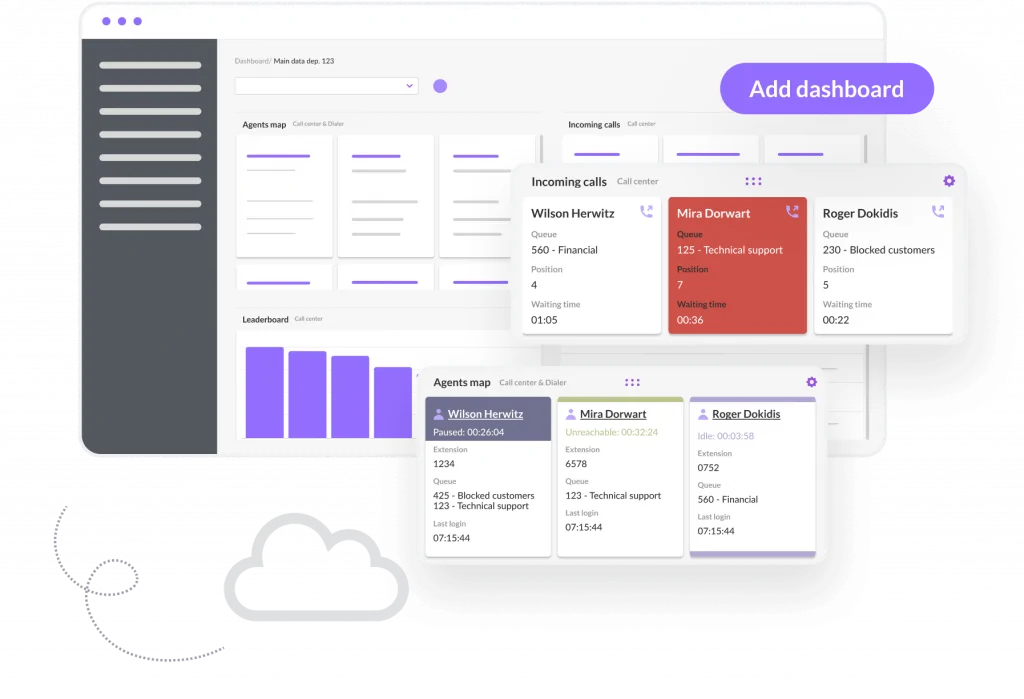
Book a demo call now with one of our sales reps and learn more about VoiceSpin call center software solutions and how they can help you boost the performance of your customer service and sales teams.

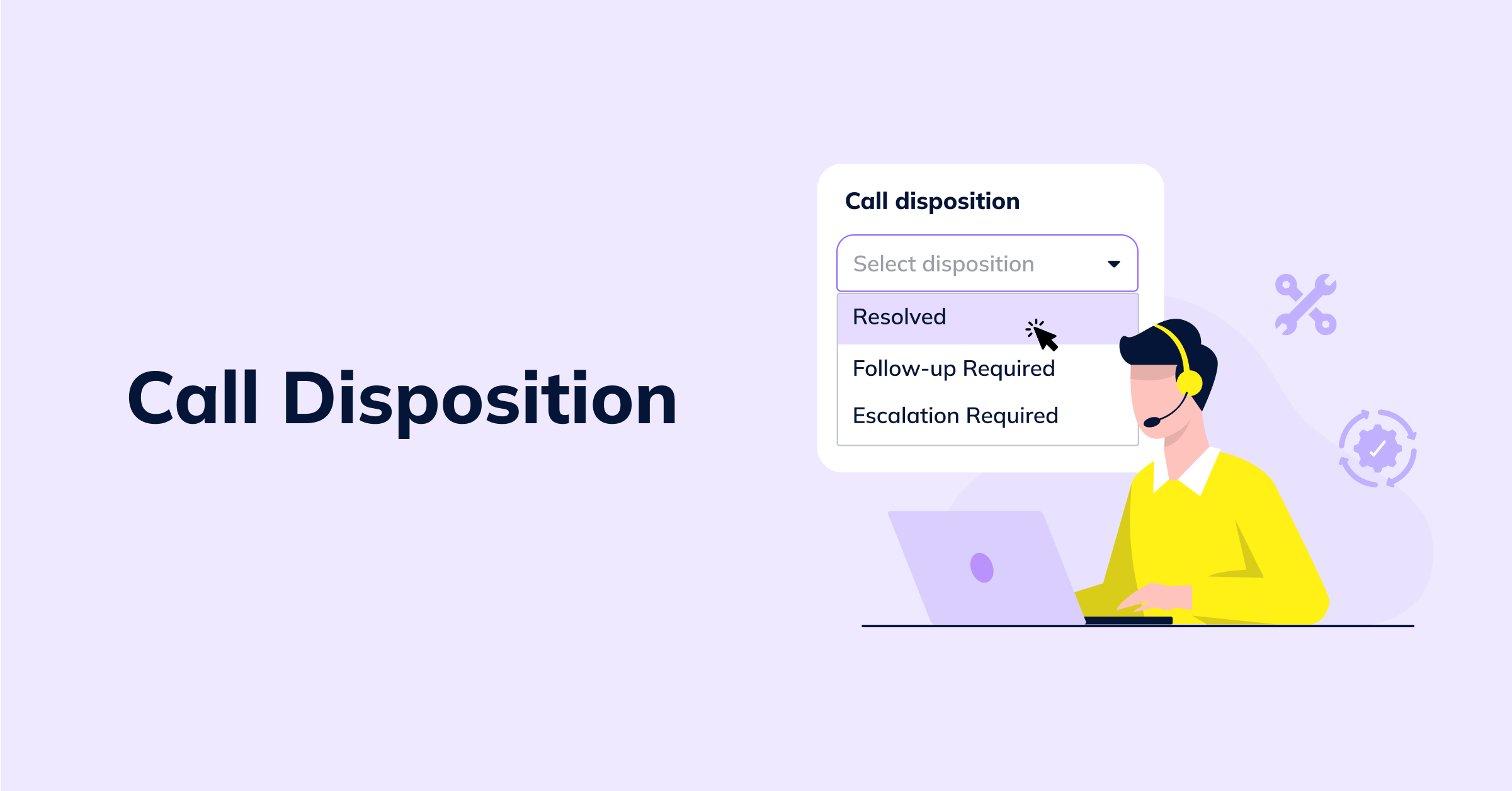

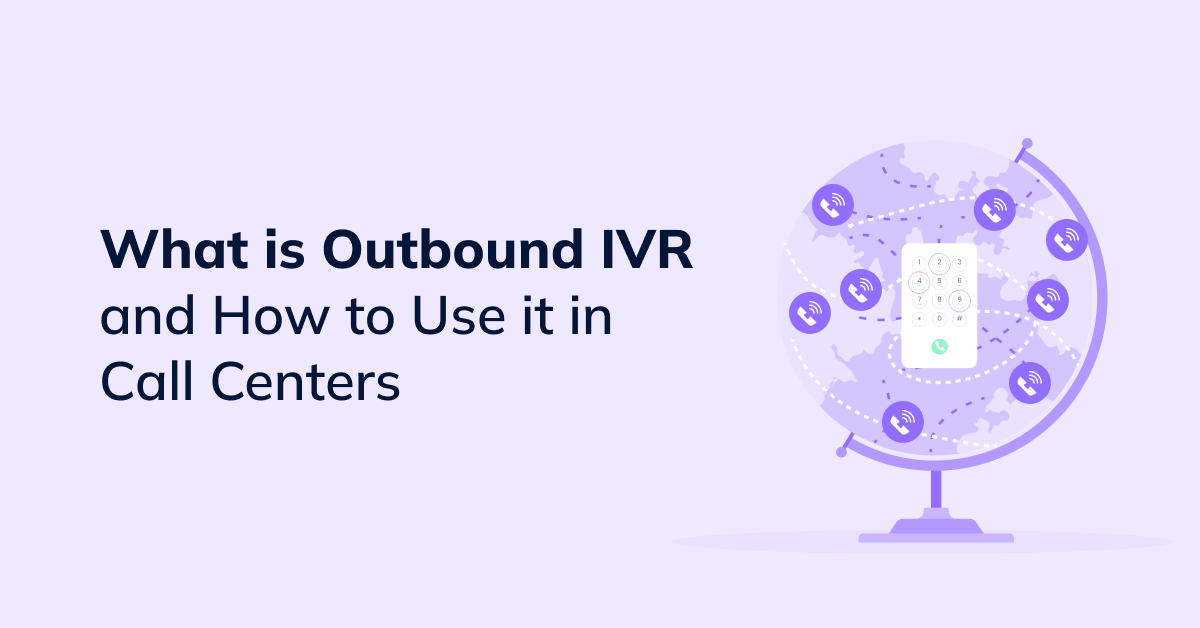
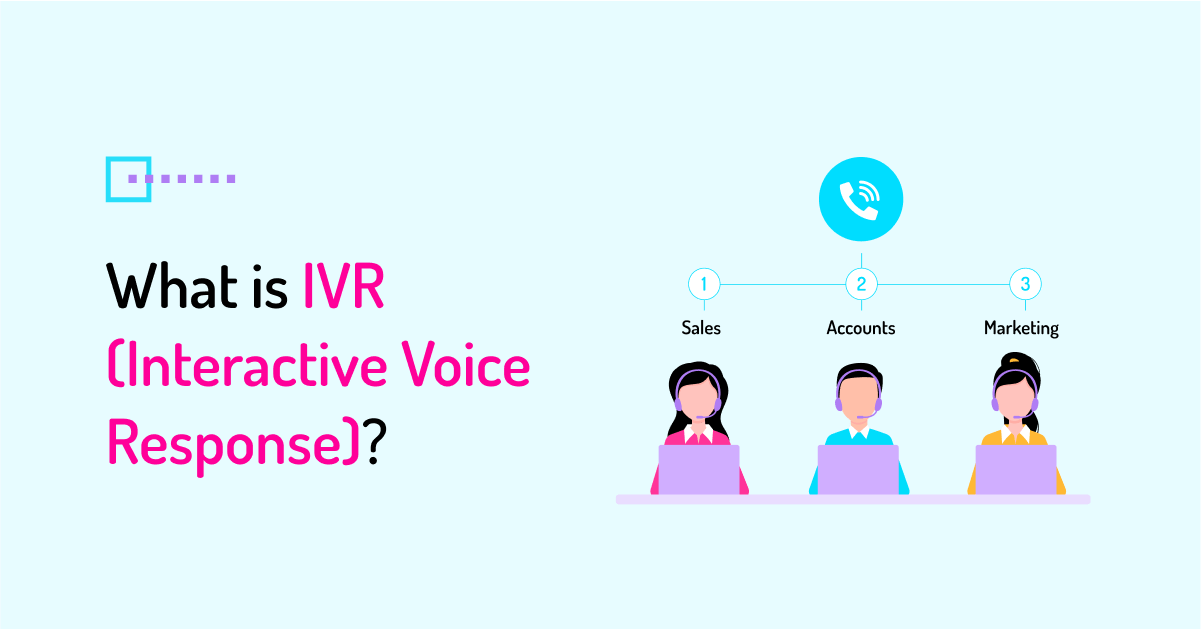
 +18889082995
+18889082995
 +442036084160
+442036084160
 +97237237006
+97237237006